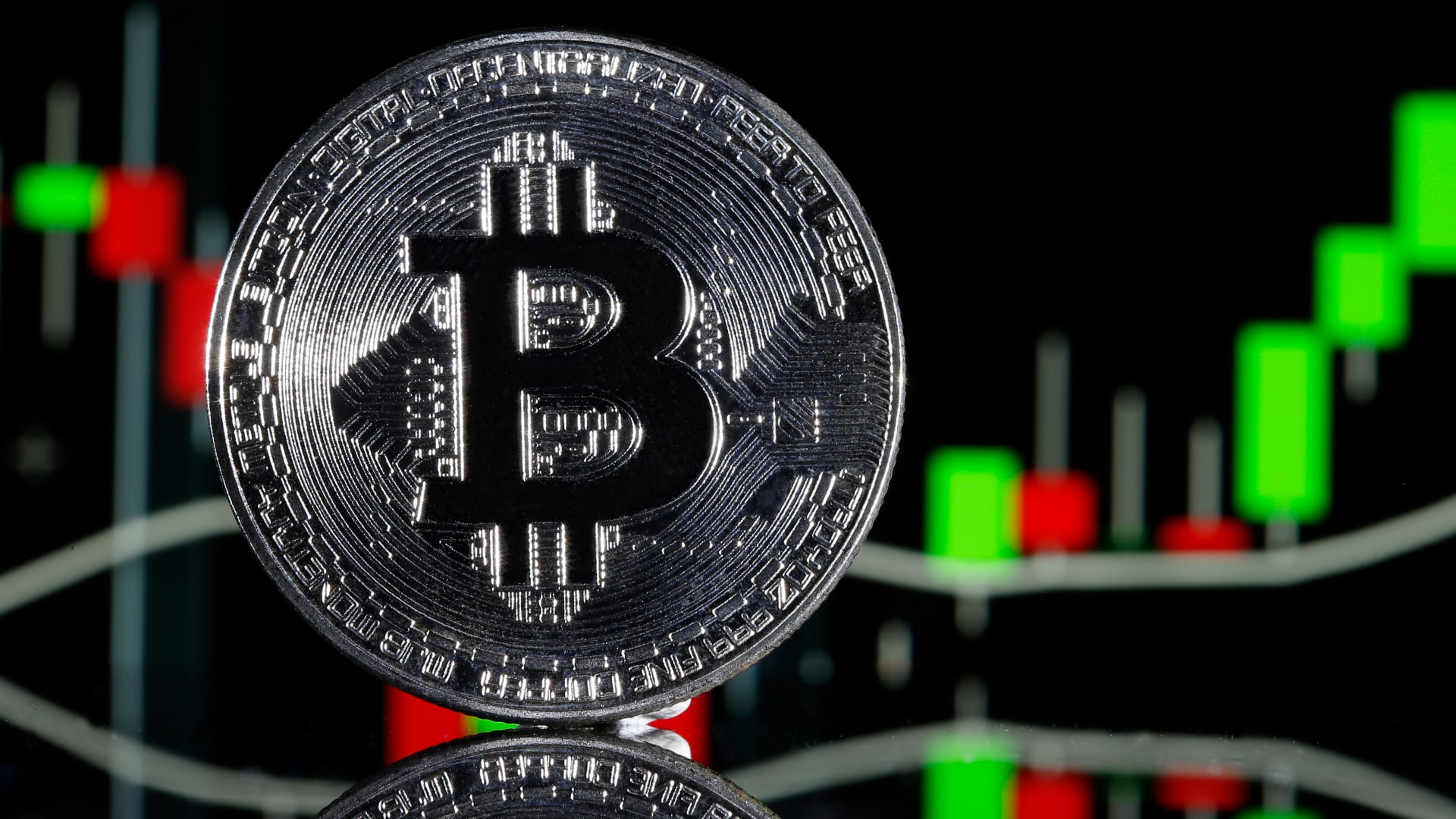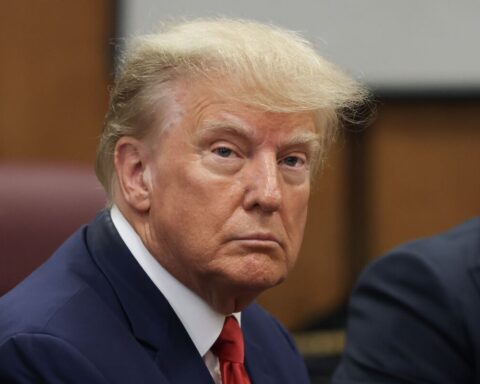Bitcoin’s price is at risk of a sharp downturn if it slips below a critical support level, which could trigger the liquidation of over $1.3 billion in leveraged long positions.
The leading cryptocurrency recently fell below the key psychological threshold of $100,000 on Feb. 4, as market sentiment weakened following rising global trade tensions. The United States and China both announced new import tariffs, creating uncertainty in financial markets and impacting Bitcoin’s price movement.
Key Support Levels to Watch
To prevent a deeper correction, Bitcoin must maintain a weekly close above the $93,000 support level, according to Ryan Lee, chief analyst at Bitget Research.
“Watch for Bitcoin’s support at $90,500, $93,000,” Lee said. “Dropping below $90,500 might indicate bearish trends. These levels could shape market sentiment depending on how Bitcoin trades around them.”
If Bitcoin falls below $93,000, it could face significant volatility. Coinglass data suggests a drop under this level would result in the liquidation of nearly $1.3 billion in leveraged long positions across crypto exchanges.
Trade War Tensions and Bitcoin’s Role
Global trade conflicts are adding further uncertainty, with potential consequences for Bitcoin’s price trajectory. While Bitcoin is often considered a hedge against financial instability, escalating trade disputes between the U.S. and China could still push the asset below $90,000 in the short term.
However, the long-term impact remains uncertain. Some analysts argue that prolonged trade conflicts could weaken fiat currencies, ultimately driving investors toward Bitcoin as an alternative.
“This is what Bitcoin was originally intended for, to be a hedge against fiat devaluation and inflation,” said James Wo, CEO of venture capital firm DFG. “We might see Bitcoin ultimately benefiting from the flight away from weakened fiat currencies, pushing its price higher over time.”
Delays in U.S.-China Trade Talks Add to Market Uncertainty
Investors are now closely monitoring an upcoming meeting between former U.S. President Donald Trump and Chinese President Xi Jinping, which is expected to have significant implications for global trade policy and financial markets.
Trump was initially scheduled to meet Xi on Feb. 11, as confirmed by top trade adviser Peter Navarro during a Politico Live event on Feb. 4. However, later the same day, reports emerged that the meeting had been delayed, citing unnamed U.S. officials.
The uncertainty surrounding these trade negotiations is likely to influence Bitcoin’s price in the coming weeks. If talks remain unresolved or tensions escalate, market sentiment may shift further, leading to increased volatility in both traditional markets and the cryptocurrency sector.
For now, Bitcoin’s ability to stay above key support levels will be crucial in determining whether it experiences a deeper correction or stabilizes amid the ongoing macroeconomic challenges.




